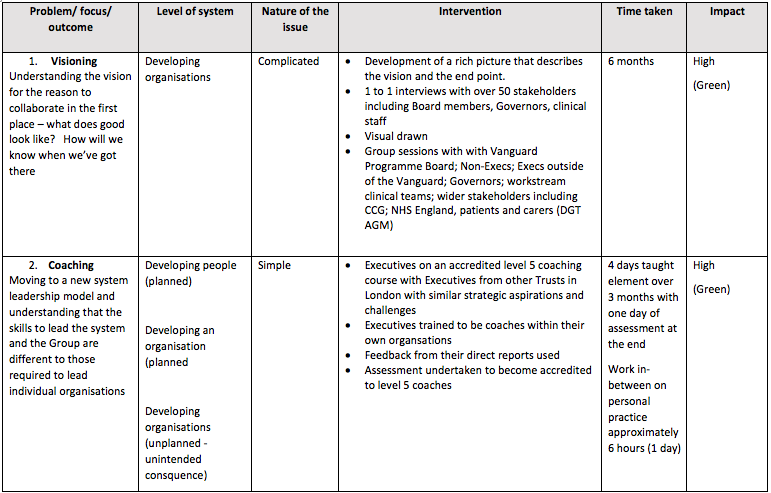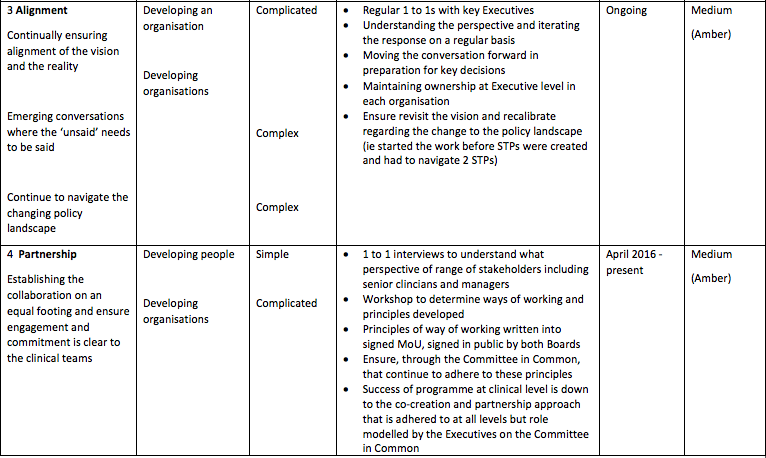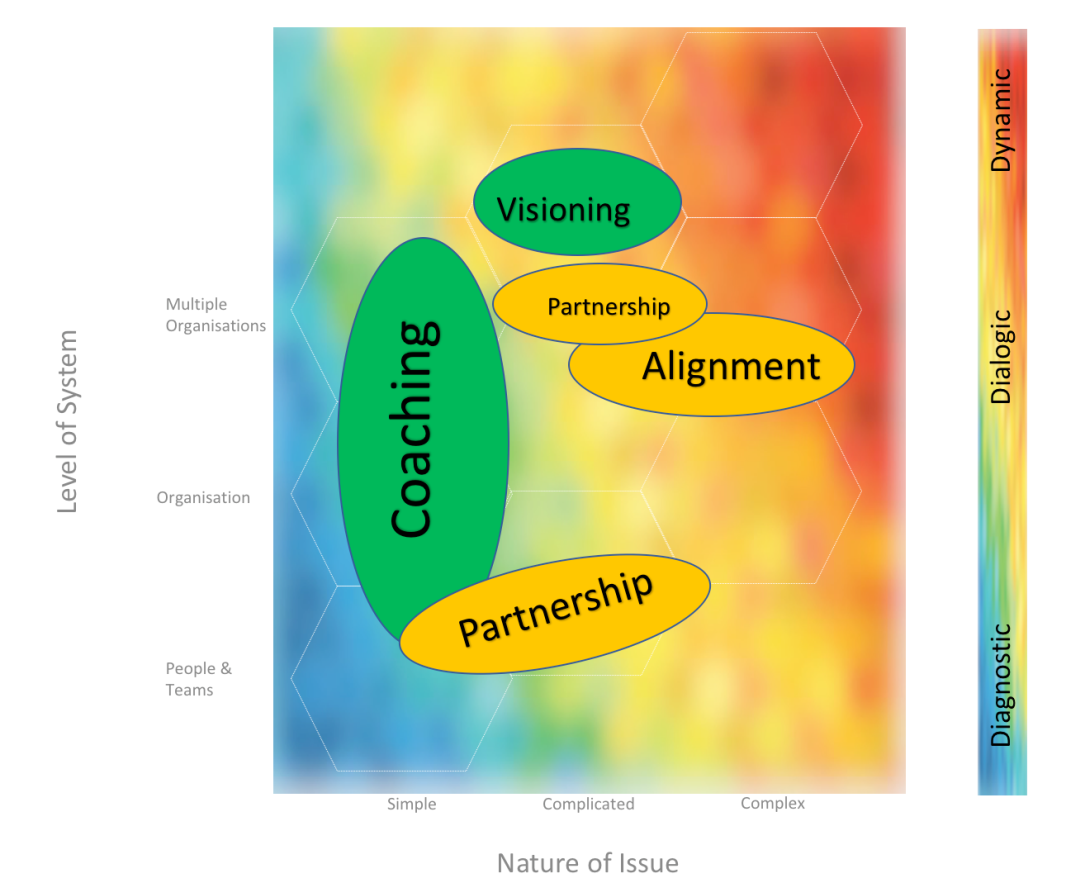In the first cycles of our Action Research, we developed a Blueprint for OD Practice and considered the positive core of OD. This led us to think about what the future might hold for OD practitioners, and how we could ‘build ourselves’ into the professionals that we want to be in support of the NHS of the future.
We took the question quite literally, and used a technique based on the LEGO Serious Play (LSP) Methodology ™ as our tool. We built a model of the OD practitioner of the future. LSP uses narrative storytelling through the medium of LEGO pieces with which to assemble metaphorical representations as answers to questions. LSP is a facilitated process where LEGO is used to build meaning through creative thinking (Hayes, 2016). The LSP method is seen to be an effective way to facilitate knowledge and generation of ideas (Hadida, 2013) particularly through the purposeful co-creation central to the method (Dann, 2018). LSP helps participants to explore their socially constructed realities and relationships (Wengel, McIntosh & Cockburn-Wootten, 2016).
We used the method to answer the question “How do we build the OD professional of the future”.
The LEGO Serious Play Method
LEGO Serious Play etiquette states:
- The LEGO Model is the answer to your building challenge.
- There are no wrong answers.
- There is no one right answer. Everyone has different views.
- What the model looks like is not the most important thing
- The meaning attached to each model is what makes it valuable
- The LEGO models are tools and means to an end.
(LSP, 2010)
“I was surprised at how much creativity the Lego enabled us to have and how it supported us in articulating our thoughts”– Hayley C
We ran the exercise several times, each time following a four-step process:
- Develop a question
- Build your answer to the question
- Share it
- Capture it
Building the OD professional of the future
To build the OD professional of the future, each of us took one piece of LEGO from one of our individual models and added it to a large blank LEGO base. Each person described why they were adding it to the group build. Group members were able to ask questions, make suggestions and speak to how each piece made them react. For example, Sandi’s contribution of a solid bridge sparked a reaction in Caroline who wanted to see more flexibility, and in turn added pieces that represented movement and motion. This collaborative building process deepened our understanding of the elements that made up our final model.
“I was amazed at the results the LEGO play gave us. For me, building the first model, I just grabbed the bits of LEGO from the pile that felt appealing: some flexible tubes, a couple of ‘eyes’. The tower was asked if it felt comfortable having a blind spot, and whether it was important to move around. Having to answer those questions enabled a deep reflection on the things that are important to me, namely the ability to see across the system and take in the big picture, and being flexible enough to go with the flow as environments and politics change” – Lisa S.
Our model for building the OD professionals of the future is shown below. It consists of 29 individual elements that came together to form a whole.
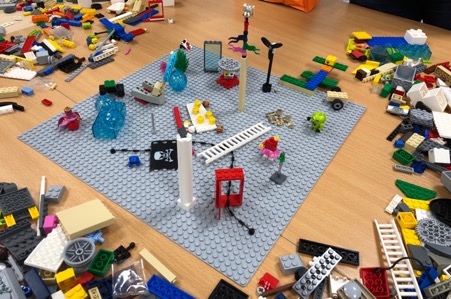
Figure 1: Building the OD professionals of the future through LEGO Serious Play
We have since reflected on the model and grouped the elements into themes that describe our model for building the OD professionals of the future; what they are; know; can do; have; and give.
The Bootstrappers guide to being an OD professional of the future
- OD Professionals of the future are mobile and agile. We respond to and seek out opportunities to develop the system. We are connected to an increasingly diverse community and are visible from a distance. We live with messiness around us, recognising that staying curious and appreciative helps us to navigate through the complexity of our work.
- OD professionals of the future know the roots and history of OD. We are familiar with classic and contemporary OD theory and understand that there are standards of practice to aspire to. We know which tools to use when, and when to leave the tools behind. We know our value and the value we add. We are future focused and embrace technologies that we know will enable new connections to be made.
- OD professionals of the future can draw others into OD practice while recognising and maintaining the boundaries that differentiate more experienced practitioners from those outside the field. We can frame and re-frame our clients’ issues by acting as bridges, antennae and mirrors. We step in and out of shadow when we need to. We are able to do endings as well as we do beginnings.
- OD professionals of the future have a balance of confidence and humility. We know when we need to pull on a sturdy pair of pants when things get tough. We make and grow connections to each other and the wider system. We create spaces of sanctuary with our peers where we can celebrate our work and learn from each other’s different perspectives.
- OD professionals of the future give their authentic selves. We recognise that our work can have a personal cost, and so we actively look after ourselves and each other. We look for opportunities to explore our vulnerabilities more deeply, recognising it as a strength that helps us and others to grow. We give our clients space to slow down, talk, think and develop which adds capacity into the system.
Our model is both subjective and collective, but we do not yet know how much of it is universal. Some of it may be useful to other OD practitioners but as context is so critical, we acknowledge that one size does not and shouldn’t fit all. In the spirit of curiosity, we offer our model to you as a prompt to think about what it means to you. What is your own story? How can you use your experience to build the OD professional of the future? How will you go about strengthening connections to the wider OD community? Where are your spaces of sanctuary?
The OD professional of the future may look similar to the OD professional of today, or you might think it’s quite a stretch to get there. Through our research we have recognised that we are all at different points of our individual journeys, and that having a goal in mind is useful as an opportunity to stretch and grow.
“I once described learning about OD like going to Disneyland and finding all your favourite rides and characters there. Some of the rides are fast or scary or both and take your breath away. Some are slower and give you time to look at everything in more detail, and in between are some quiet spaces where you can take time to reflect. Most of all it should be fun and enjoyable. I’d like to think we are creating an OD Theme Park for the future with all the elements there we need to practice OD – however scary it might get!”– Tracy G
Questions to consider:
- How would you describe the future in which you will be practising OD?
- If you were to build the OD professional of the future, which elements would be similar to our model? What would you change? Add? Take away?
- Does our guide to being an OD practitioner of the future resonate? How near to or far from it are you now?
Consider these questions for yourself, and leave us your thoughts in the comments sections below. We want to expand the conversation on the positive core of OD and our idea of group as instrument of change. Please do share your ideas.
OD Bootstrappers
September 2018
You can download a PDF of this article here.
Appendix: Elements of our LEGO model
Building the OD professionals of the future
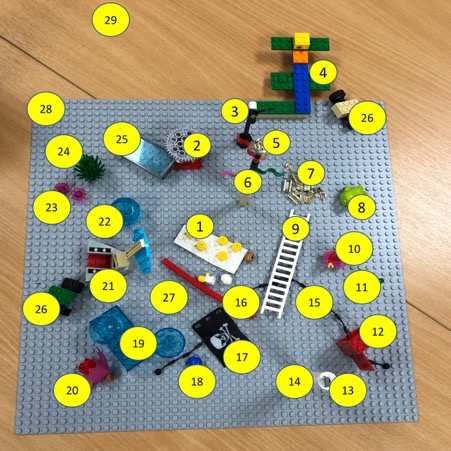
- Community, diversity
- All seeing eyes, perspective, curiosity. Being present. Actively looking.
- Generating energy and power. Sustainability. Building capacity.
- Networking, connections. Going out on a limb.
- Being visible from a distance
- Standards. Togetherness. Celebrating different histories and routes into OD. Moving in different directions. Space to grow.
- Understanding our value and adding value. Talking about our value with confidence
- Something alien.
- Building bridges. Enabling. Scaling the divide
- Knowing what we know. A sturdy pair of pants when things get tough.
- Futuristic. Technology. Connecting virtually
- Routes into OD. Pushing boundaries. Reaching out.
- The right tool at the right time.
- Pillars of OD. Classical and contemporary.
- Pulling others in. Connection people together
- Flexible, agile and adaptable.
- Navigating through danger. Politics. Shadow self, shadow systems. Doing stuff you don’t like. Risk.
- Personal cost. Hard hat moments.
- Transparency. Bumps and imperfections. Values. Vulnerability and trust. Fluidity
- Confidence. Super hero cape.
- Self-reflection, and holding up the mirror to others
- Beginnings and endings. Closing things off. Pandora’s box
- Appreciating / taking an appreciative stance
- Space to grow. Growth and nurturing
- Framing and reframing
- The whole thing is on wheels. Mobile, agile, outside the box. Not confined
- Awareness. Tuning in. Intuition and background noise.
- The sanctuary of an OD space (grey tile)
- Being amongst messiness (other bricks on the table)

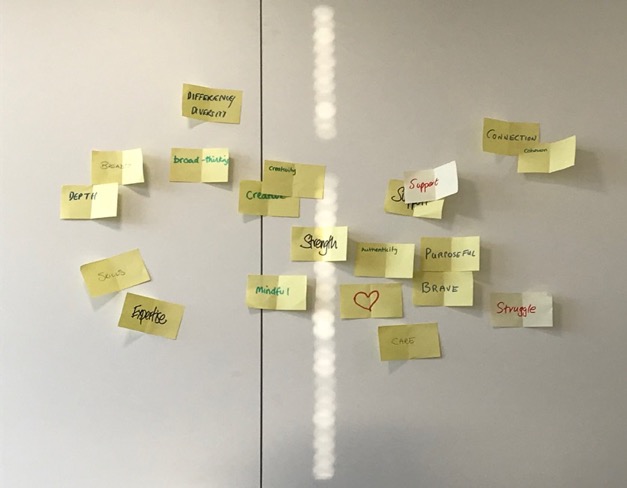

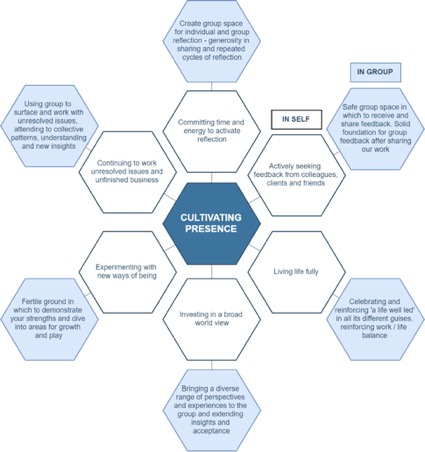
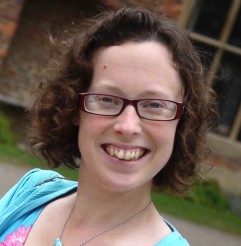
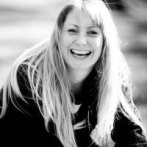 Sarah Morgan
Sarah Morgan